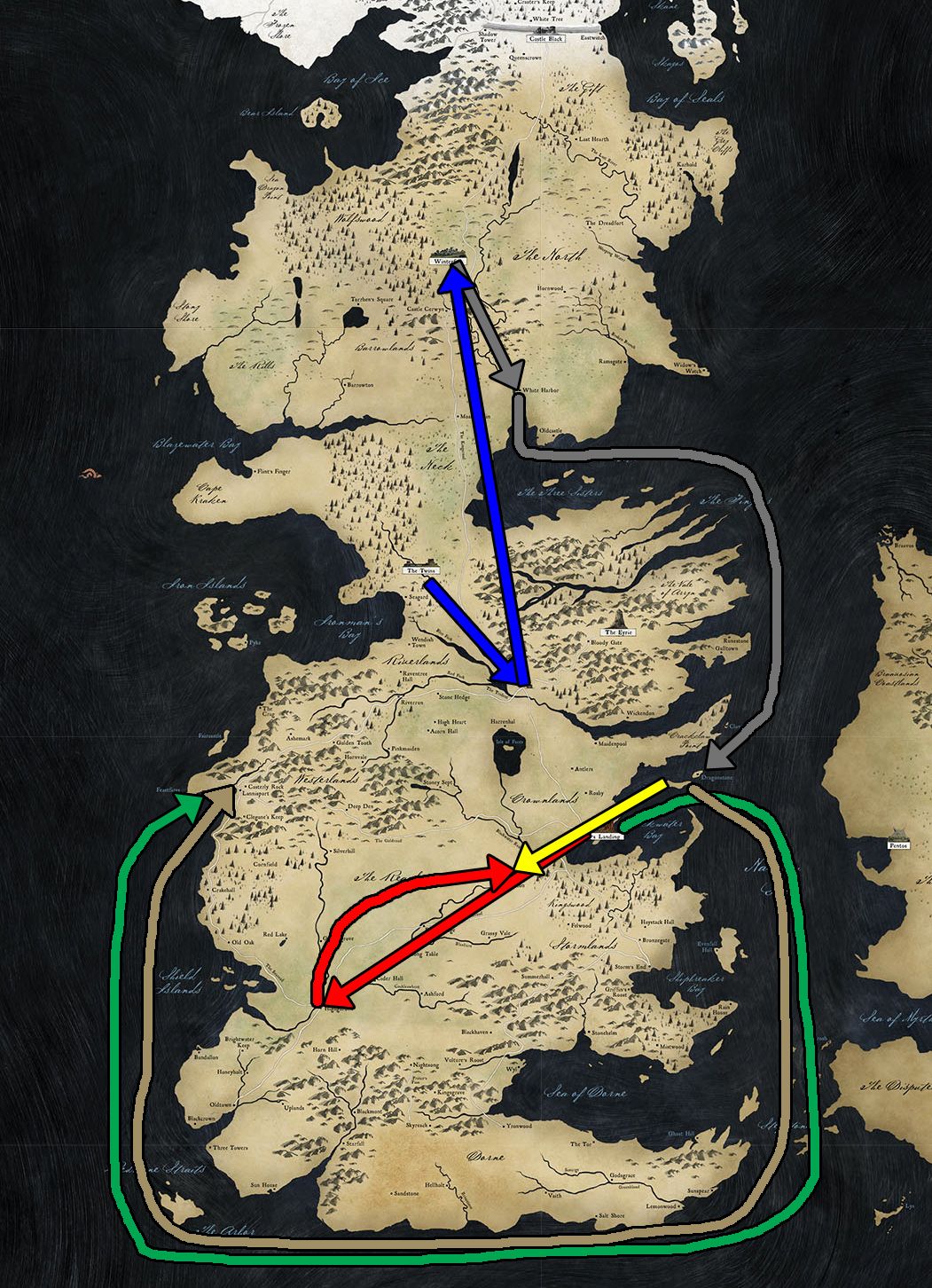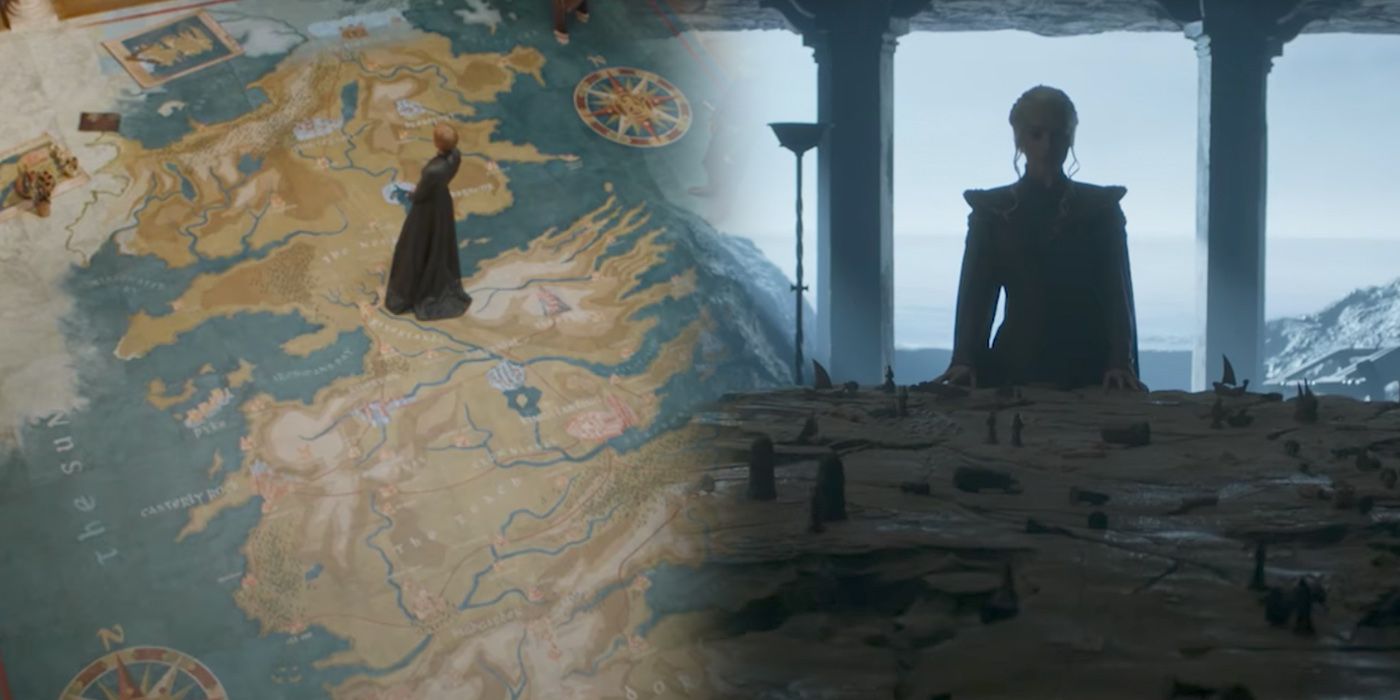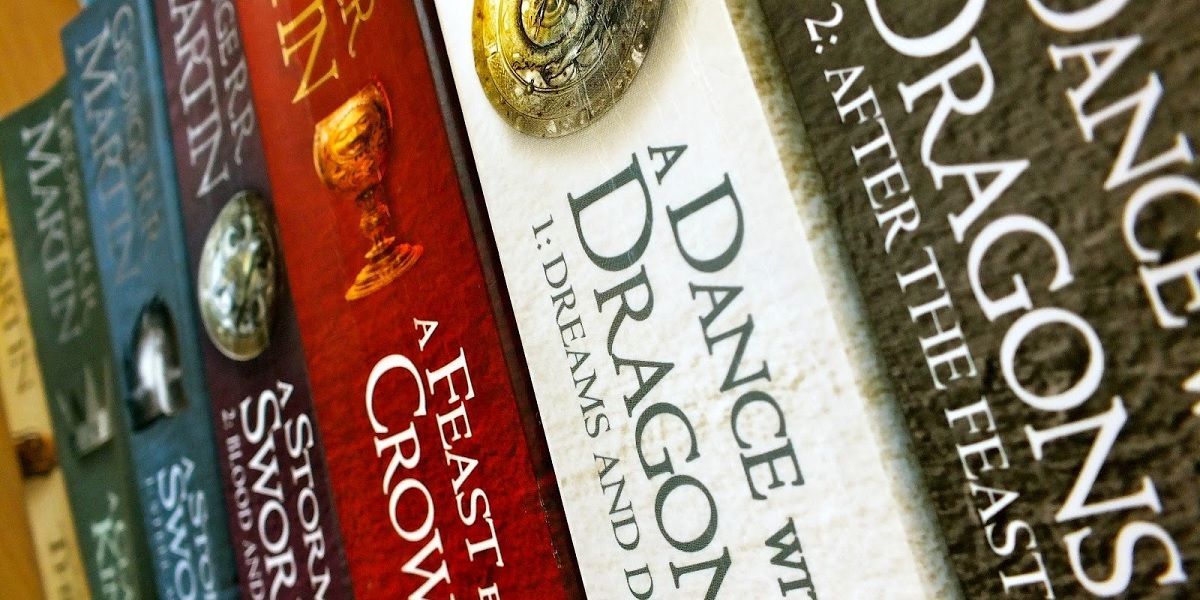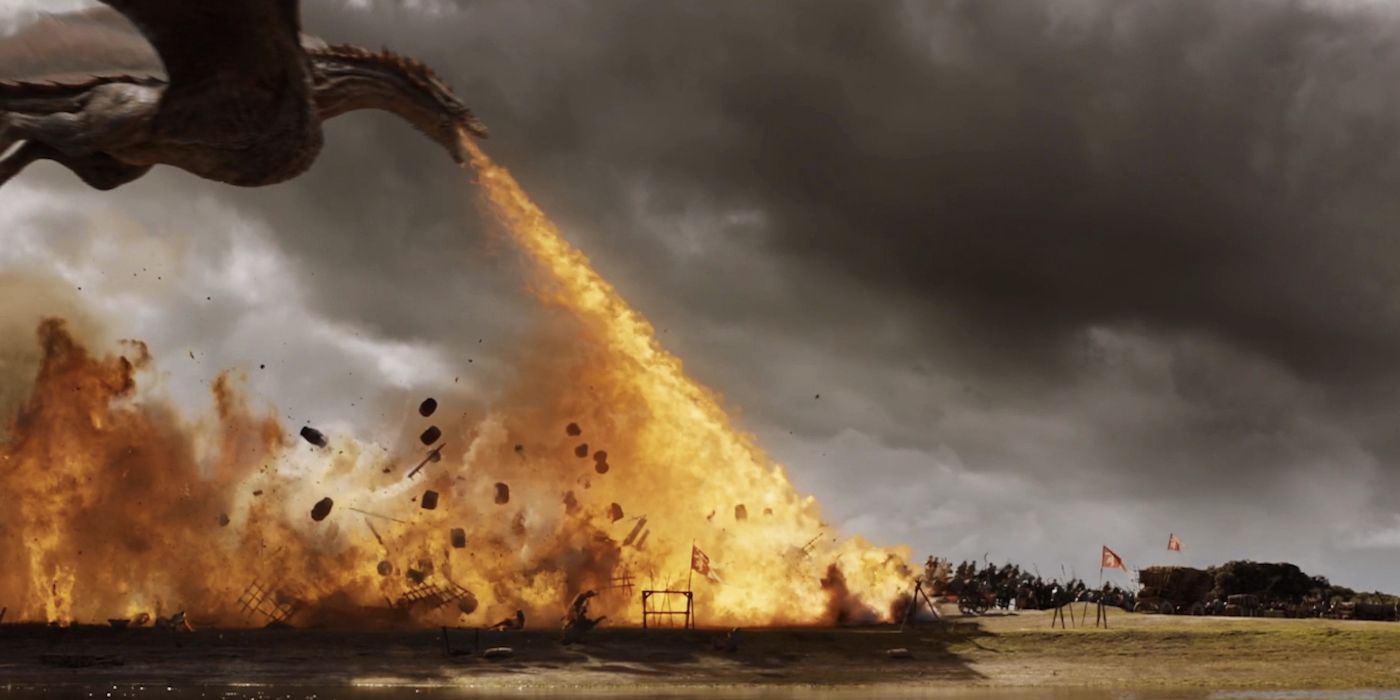Whether it's a character jumping the length of a continent in a televised hour or massive armies and naval fleets inexplicably avoiding each other on their way to a shared location, there's no denying that Game of Thrones has a perplexing grasp on geography. But that the show's Westeros - a Kingdom said to be the size of South America - has devolved into an ever-dilating land where travel distance bends to plot convenience shouldn't be taken as a show-damaging problem.Season 7 of Thrones has been widely praised for its accelerated pace, bevy of long-awaited meetings, and finally doing something with those dragons, but one complaint from every section of the fanbase - be you a casual watcher constantly having to cross-reference with one of the many lore wikis or a decade-worn fan who can recite the entire of The World of Ice & Fire - is that the show has completely lost its sense of place. The land of Westeros has been well detailed in previous seasons and George R.R. Martin's books, yet despite shoving maps in our faces at every turn (Dany plots her war on one in Dragonstone while Cersei spends most of her scenes on a giant painted layout) to remind us of that fact, the show constantly breaks its rules.In the first four episodes of the penultimate season alone we've had so many cases of rushed travel or conflicted timelines it can only be clearly represented visually. Below is a map of Game of Thrones' Westeros and the various geography-breaking turns from the first four episodes of Season 7:
Gray: Jon Snow travels to Dragonstone from Winterfell via White Harbor in a negligible time gap between epsiodes.
Blue: Arya spends two episodes going from The Twins to the Crossroads (short arrow), then the same time going from the Crossroads to Winterfell (long arrow).
Brown: The Unsullied sailed from Dragonstone to Casterly Rock.
Green: At the same time as Euron sailed a similar, path-crossing route from King's Landing, (both in seemingly no time at all).
Red: During the same period the Lannisters evacuate and Jaime attacks Highgarden.
Yellow: Dany somehow ferries hordes of Dothraki from Dragonstone to Tumbleton (despite any landing point putting her near King's Landing) and attacks Jaime on his return.
Each of those are pretty head scratching when you try and craft a Season 7 timeline (indeed, the fact that Dragonstone is so close to King's Landing has been completely sidestepped by HBO). The Unsullied-Euron-Jaime three-step is particularly confusing and - despite being an excellent dramatic beat - serves to only exemplify how much the show is now breaking its own long-set rules.
This has always been prominent in the series - in the final minutes of Season 6, Varys went on a cross-continental journey from Meereen to Dorne and back again in the time it took Cersei to light a fuse, while Littlefinger's teleporting abilities are well documented - but is definitely becoming more flagrant as we accelerate towards the finale. We're a long way from the first season, which spent several episodes detailing the Stark's journey from Winterfell to King's Landing; a journey that would probably done in a quick scene interlude today.
But while it's certainly disappointing that a series with such strong mythology isn't maintaining the most basic facet of world building, it may not be the worst thing. In fact, the reason why things are this way makes it all but unavoidable if you want great television.
It's All Because of the Books
What makes Game of Thrones' confusing geography so weird is that it comes from such an assured place. George R.R. Martin's books go to great lengths to paint the scale of Westeros, with real time taken when character and armies traverse massive distances - that Winterfell-King's Landing journey is even more prolonged in print. When that sort of lateral thinking is inherent in the story, it's frankly perplexing that HBO can't get it right. But it's actually because of Thrones' nature as an adaptation that we now have a problem; specifically, that the show has now overtaken the books that inspired it.
Now, it's not that showrunners Benioff and Weiss are simply making up new stories without consideration for location. Their game plan for Season 6 onwards (where the series fully passed the source) is heavily influenced by Martin's notes for his unfinished final tomes. Exactly how much won't be known until when (if?) The Winds of Winter and A Song of Spring hit shelves, but it's fair to assume long-baked reveals (Hold the Door and R+L=J) and cataclysmic turns (Cersei blowing up the Sept and becoming Queen, Jon reclaiming Winterfell) are part of the plan.
However, because so much has been trimmed or completely changed in the adaptation of the earlier seasons (after Season 2 major leaps and shifts became commonplace), while these major events are set, the connective tissue between them varies massively. This means the routes that characters take to these landmarks events are smudged and dilated, which when you're lining up meetings with others leads to timeline and location contradictions.
It's all a result of taking an epic novel series and trying to dramatize it in any conventional manner. Part of the blame falls on Martin not being finished and thus D&D not knowing which elements to cut or keep, although really it would always happen when you're dealing with something on this scale.
Why It Doesn't Really Matter
All that said, there's a further quirk more specific to Thrones and its ilk that explains why we're talking about this at all: people know Westerosi geography better than they do our own. All the recent focus on the show ignores that this sort of weird jumping of locations with illogical travel time is prevalent across all movies and television. We just don't notice the constant redefining of city layouts (see The Mummy's approach to London) or quick cross-country jumps because most audiences don't know real world layouts to the same degree, and those who do accept the storytelling purpose behind it.
With high fantasy worlds, things tend to actually be more rigid because it's something built from the ground up and thus entirely the product of the work's author; you can obsess about every detail in Middle-earth as it enhances the experience of The Lord of the Rings, whereas having a Queens road map doesn't elevate Spider-Man: Homecoming. The same is true of world history; biopics play free-and-loose with facts whereas the likes of Star Wars have to get everything correct to a tee. Thrones is only standing out because it's not being as militantly faithful for reasons already established.
With that considered, it's a minor flaw rather than a damaging problem. Even watchers with an immense knowledge of the lore won't necessarily know the full geographic scope without reference, meaning the majority of Thrones' mammoth viewership are probably unaware of where exactly the cracks lie, or at the very least don't care enough to complain heavily. The show's got great drama, what does it matter if things are flubbed along the way? It's a trade-off; with shorter seasons to enable bigger spectacle comes a zippier pace, which in turn requires the dropping of several wheel-spinning scenes per episode worth of story.
The reaction to Season 7 is, as stated at the beginning, incredibly positive. Game of Thrones is delivering on promises made as far back as Season 1 and there's no indication of it letting up. To do that requires playing a bit more lose with pacing, so, when you get down to it, the geography mess-ups are just a byproduct of an accelerated storytelling that aims to hit as many narrative beats as possible in the time left. It's confusing, yes, but it's all in service of making a better show.
Game of Thrones continues on HBO Sunday August 13 with Eastwatch'.



